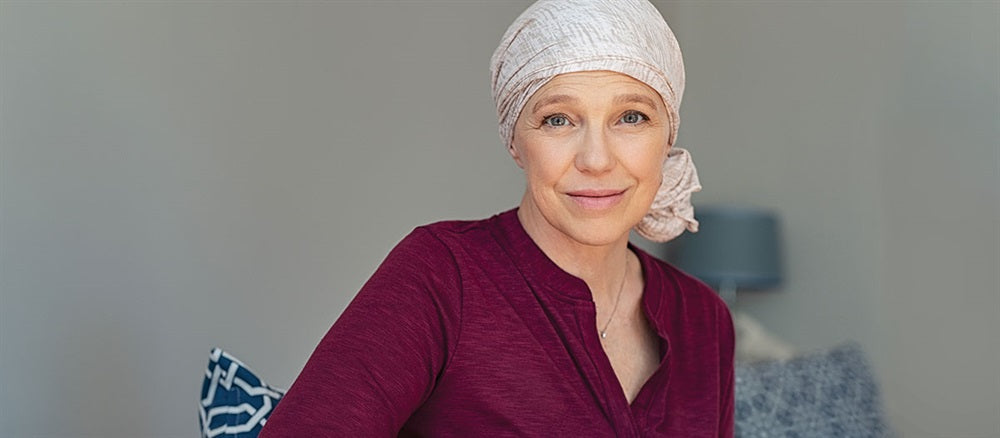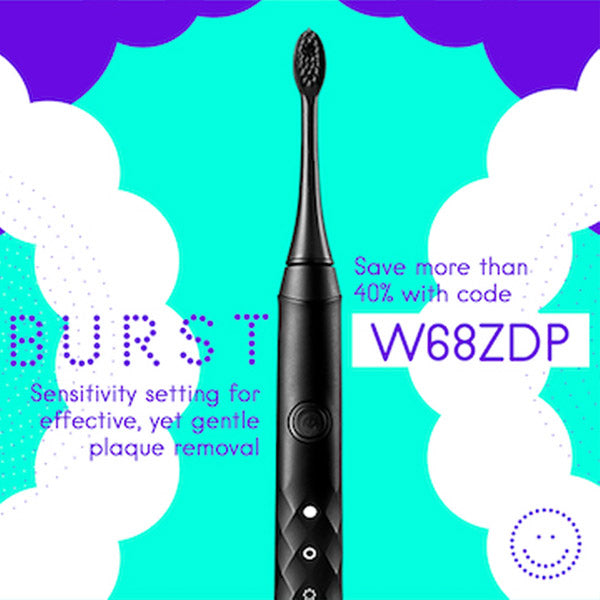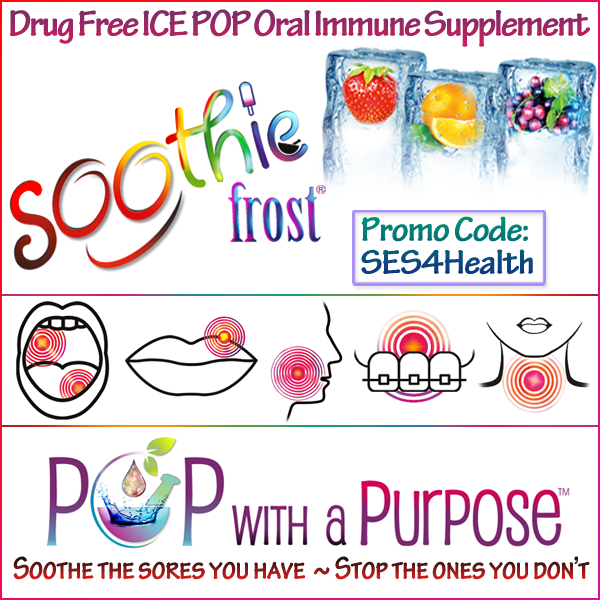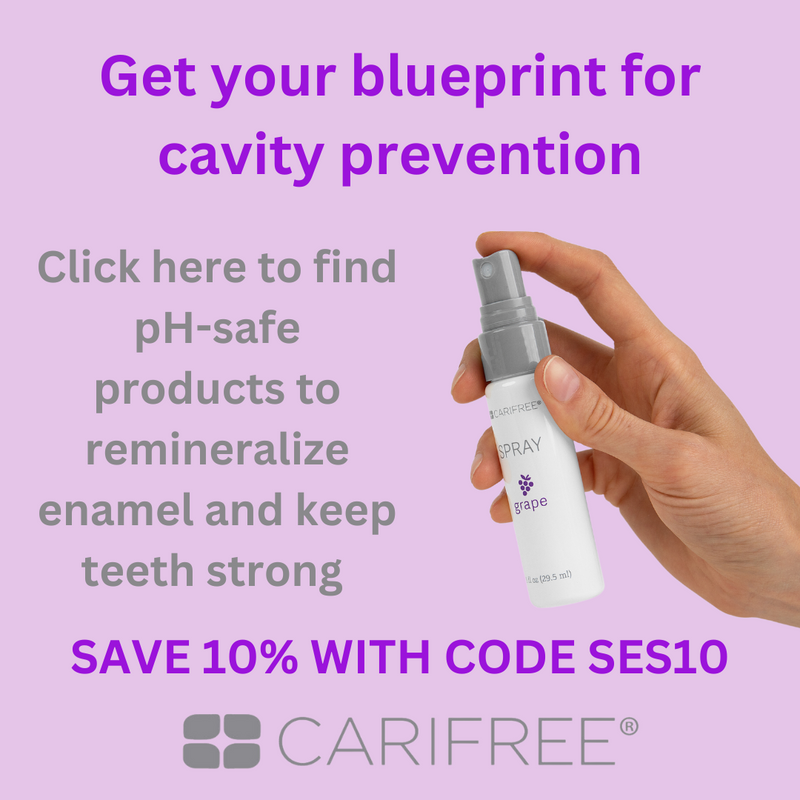Side Effect Support's Story In Hygienetown

It is a great honor to share the story of Side Effect Support with Hygienetown!
You can access the story below or on Hygienetown by clicking the photo below:
Creating a site that offers education and resources to those in need, and their care providers
Sometimes you don’t find your passion—your passion finds you.
While dentistry had always interested me, oncology was an area I’d hoped to avoid. After several family tragedies and losing a beloved aunt to leukemia in my teenage years, I wanted to concentrate on an area of health care that I at the time viewed as safe, less stressful and less demanding. But reality hit and life had other plans.
In June 1992, I started my first job in the dental field and began classes to earn my dental hygiene degree. Life finally seemed to be on the right track! Then my mom was diagnosed with breast cancer, which required a mastectomy and seven grueling months of chemotherapy.
My mother suffered horribly with side effects from her treatments, including oral problems such as dry mouth and mouth sores. When she asked her oncology team if it was possible to relieve them, they replied no—they could only try to mask the pain. Meanwhile, she was provided no guidance for how to prevent or manage her suffering.

Asking Questions
An obvious need was going unmet, and I wanted to learn as much as I could about oral side effects of cancer therapies. It was my hope to, someday, help someone in a way that no one was able to help my mom. My passion for dental oncology had begun and I didn’t even know it had a name.
The desire to learn was there, but resources were scarce. I struggled to find information. The first opportunities came from patients at the dental office where I worked. Every indication of a past cancer diagnosis on medical histories was a chance to learn. “What type of cancer did you have?” “What type of treatments did you have?” “Did you experience side effects in your mouth?” It didn’t take long to see patterns demonstrating that oral health was being dismissed as a part of the cancer journey. Many people reported oral side effects to some extent, but few believed they had been provided with information about what to expect or how to minimize these issues. I was surprised that many people came through their cancer treatments exhibiting a significant damage to their oral health.
A few patients will always stand out in my mind, because I wished that I had been able to help them more. One, an oropharyngeal cancer survivor, struggled badly with dry mouth, decay and infection several years after treatments were complete. I recall his sadness and frustration as he faced more time, expense, pain and stress with continuous dental treatment. He expressed how he wished someone would have informed him early on in his cancer journey what problems he may face. “If only I would have known, I could have done more to prevent some of this.”
Discovering what’s “right” is actually wrong
Opportunities to learn about dental oncology in a professional setting were rare. I turned to online oncology classes and webinars, often being the only dental professional enrolled. I sadly found that many courses wouldn’t allow a dental professional to enroll; it became obvious that differences in education and the lack of communication between medical and dental professionals were leaving our patients with incomplete and, many times, inaccurate information.
It was shocking to learn how many commonly used medications and other remedies to relieve oral symptoms are acidic or contain sugar, increasing risks for decay and infection, especially in a dry mouth. A direct quote from the textbook for an oncology management certificate class I completed states that management of xerostomia options include hard candies such as Life Savers and cinnamon or lemon drops. (To this day, some oncology departments still offer large bowls of lemon drops or Jolly Ranchers for their patients to suck on during chemotherapy infusions.) There are also several over-the-counter products specifically marketed to dry mouth and oncology patients that are acidic.
It’s clear why people are coming through their cancer treatments with oral health issues. It is also frightening to think how many people are entering cancer therapy without consideration of their oral condition, leaving them at greater risk for infections and other serious complications.
Eventually, my father became ill and required a great deal of caregiving. He survived many years after a diagnosis of chronic lymphocytic leukemia and eventually passed away from Hodgkin lymphoma in 2005. Anyone who has been a caregiver can understand the fear and feelings of helplessness watching your family member deal with the unimaginable: wanting to do more to help our loved one and not knowing how. The grief renewed my desire to make a difference for others.

Making a difference
In 2006, I launched a volunteer program at a local oncology department providing goody bags for each patient who was starting chemotherapy or radiation to the head and neck. The kits contained information about oral side effects, along with simple tips to avoid or manage the issues. Each bag also included product samples obtained from various companies.
I found that providing the kits not only helped others but also was part of a healing process for myself. I will never forget the first time I received a call from a patient thanking me. She said it was her first day of chemotherapy and was terrified. Receiving the kit was the first time she had smiled that day. I felt like I had found my purpose.
As the years passed, companies became less willing or able to provide product samples, and the kits became smaller and smaller. I was at the mercy of companies that were willing to donate, and so I wasn’t always able to provide products that I believed to be the best options; rather, I could provide only what was available. By 2012, I didn’t have enough samples to keep the kits stocked and needed to either discontinue the program or take a leap of faith to expand the reach.
Receiving the signs
Once I verbalized my desire to create a larger outreach to improve quality-of-life and treatment outcomes through collaborative care, glaring examples of need seemed to be around every corner I turned. The most significant example is a young local woman named D’Ann, who had been diagnosed with multiple myeloma. An osteolytic tumor had destroyed so much of her vertebrae that her spine collapsed as she stood up from bed one morning. She was rushed to the hospital for emergency surgery and started radiation treatments a few weeks later.
Her story struck my heart and I reached out to her family member who was organizing a fundraiser to cover medical expenses. I learned that her next phase of treatments would start in a couple of months, including high-dose chemotherapy, stem cell transplants and IV bisphosphonates—all of which can have major negative effects to oral health, and vice versa. I encouraged this family member to ask if D’Ann had seen a dentist to make sure there was no decay or oral infection that could cause complications during treatments. I also discussed third molars and the risks involved with extracting after she had received medications that could potentially cause osteonecrosis of the jaw.
The following day I received an anxious phone call from this family member, who had learned that D’Ann already knew that she had decay present and had been told that she needed a root canal. She was purposely avoiding dental treatment to not cause her family further financial hardship. D’Ann had no idea that problems in her mouth could result in complications with her cancer treatments because her medical team had never mentioned it.
Six restorations were completed, one root canal was done and all third molars were preventively extracted before starting D’Ann’s next phase of treatments. I provided products and education to treat dry mouth and oral mucositis before treatments or their resulting side effects began. She came through remarkably well, without a single mouth sore throughout intense chemo and two stem cell transplants, which is rare.
Addressing her oral care needs not only helped her maintain quality of life during treatments but potentially played a large role in her successful outcome as well. Today, she exhibits no evidence of disease; she has married a wonderful man, found a career she loves as a successful photographer and is a mom of two sweet little boys through surrogacy. Her life continues to affect many others in a beautiful way.
Don’t wait for side effects!
Early dental intervention, before cancer treatments begin, provides a golden opportunity to minimize and prevent complications, as it did in D’Ann’s case.
This can be achieved by establishing a basic level of oral health through proactive restorative treatments: removing any potential sources of tissue irritation, decay and infections, including any necessary extractions. Meticulous oral hygiene should begin immediately to reduce the bacterial burden while avoiding tissue trauma with an extra-soft, compact-head toothbrush and proper flossing technique. Studies have proved that dental plaque not only increases risks for oral ulcerations and infections during cancer care, but also contributes to life-threatening respiratory conditions such as hospital-acquired pneumonia. Using a postsurgical toothbrush and modifying flossing to stay supragingivally may become necessary as treatments progress, if oral mucositis occurs and tissue bleeds easily due to low blood counts.
Treat dry mouth and mouth sores before they begin with proper product recommendations. Here are several for consideration:
- Starting a prescription supersaturated calcium phosphate rinse two weeks before treatments will bathe oral tissues with natural protective elements of healthy saliva, such as calcium, phosphate and bicarbonate, to prevent dry mouth and delay the onset and reduce the severity of oral mucositis.
- Minimize risks for tissue irritation by avoiding products that contain alcohol, phenol, peroxide and harsh detergents such as sodium lauryl sulfate.
- Strong flavors, like mint and cinnamon, may not only irritate tissue but also aggravate nausea issues.
- Choose products with a neutral or alkaline pH to avoid demineralization and erosion of tooth structures.
- Look for products that contain noncariogenic sweeteners, such as xylitol and erythritol. The sweet taste tricks the brain to produce saliva while preventing decay and raising oral pH. Introduce sugar substitutes slowly into their routine to avoid a laxative effect.
- Dietary and lifestyle counseling should include avoiding alcohol, caffeine and tobacco, while minimizing exposure to foods and beverages with high sugar content and acid levels.
- Baking soda and salt water rinses may also help to relieve mild tissue tenderness.
Launching a dream to fulfill a need
My dream was to develop a resource that I’d once desperately longed to find—one that provided health care professionals with vital information about dental oncology while empowering cancer survivors and family caregivers with tools to take an active role in their care. I dreamed to create a business that fulfills a need and not be at the mercy of donations that dictate what products or services I could provide.
After several months of brainstorming, planning and hard work, I launched Side Effect Support in 2013. Side Effect Support’s mission is to improve the quality of life for those with cancer through preventing and managing short-term oral side effects and long-term damage to oral health associated with chemotherapy, radiation to the head and neck, and some targeted therapies. The site provides free educational blog posts and articles for survivors, family caregivers, and medical and dental professionals. Presentations are also available for survivors to empower them to help themselves and to health care professionals to help bridge the gap of communication between the medical and dental teams and improve quality of care.
I am proud to offer a one-of-a-kind business that has entered unchartered territory. While the road has been a difficult journey at times, I have faith that the destination will be a great benefit to many.






